Around the world, there are wildlife photographers whose work is having a powerful impact - whether inspiring awe and wonder for nature, documenting vital conservation efforts or supporting fellow photographers.
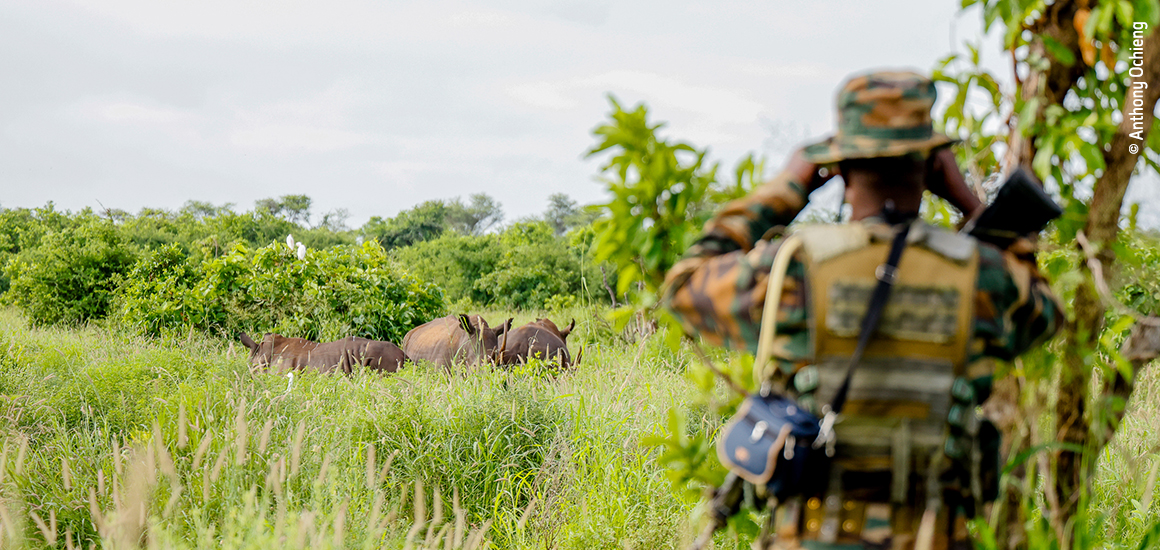
Henry Kosgei, a Kenya Wildlife Service Ranger at Meru National Park in Kenya monitors a group of endangered Black Rhinos. Image © Anthony Ochieng
This new series from Wildlife Photographer of the Year aims to highlight and celebrate those photographers who are working hard to create advocates for nature.
We invited international photography organisations to nominate wildlife photographers who they felt were making a positive difference through their work, and that were not yet awarded in our annual Wildlife Photographer of the Year competition. We particularly encouraged nominations from countries that are currently underrepresented in the competition, and women and nonbinary photographers.
After reviewing each of the nominations, National Geographic photo editor Jennifer Samuel selected five photographers to feature in our first edition of WPY Horizons.
From capturing carnivorous plants to documenting abseiling conservation specialists, meet the inspiring photographers and discover more about their work.
Andria Hautamaki
Andria Hautamaki told the story about Rocky Mountain National Park through a variety of perspectives and moments which made for great visual storytelling.
Jennifer Samuel
National Geographic photo editor
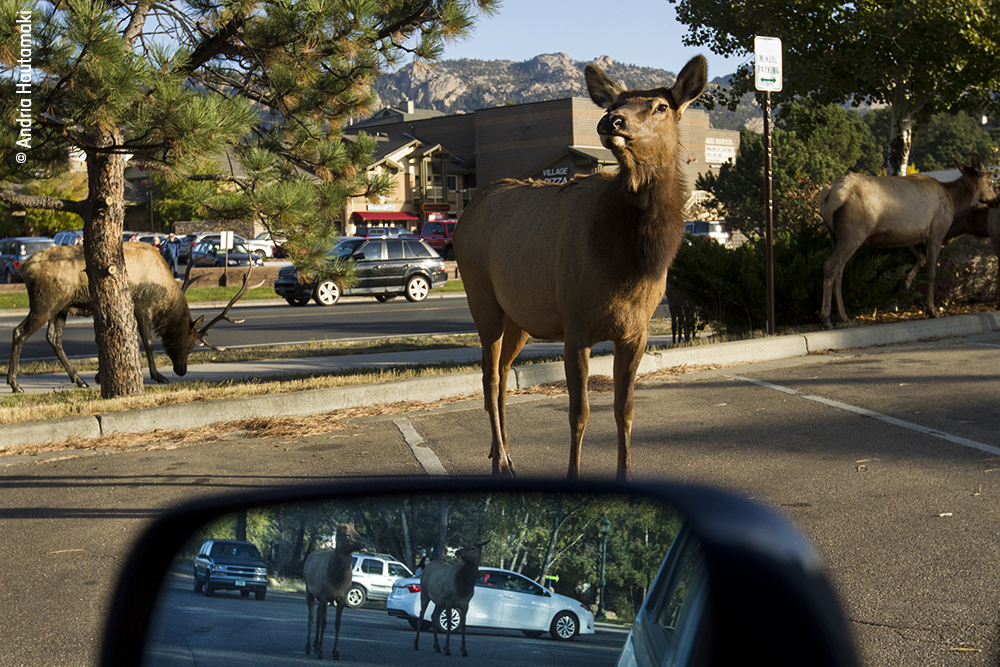
A herd of elk wander through the Estes Park Visitor Center parking lot. Co-existing with wildlife is a delight and challenge for residents and visitors alike. Image © Andria Hautamaki
Andria is a photo and print journalist with a passion for rural, agricultural, and environmental stories. She grew up in Colorado, USA, and is currently based between Colorado and Southern Chile.
'In Estes Park, Colorado - the gateway town to Rocky Mountain National Park - the same animals that attract guests and delight residents are also the cause behind an increase in urban wildlife conflicts. The National Park's popularity, in conjunction with the rapidly growing population of the Colorado Front Range, creates an increasingly challenging environment for local authorities,' says Andria.
In her project, 'Close encounters with the bear kind', she focuses on how Estes Park is grappling with the often conflicting goals of keeping animals wild and people safe. Navigating this relationship requires adopting and implementing wildlife-safe practices and working with locals to adapt to and respect the animals that inhabit the Rocky Mountains region.
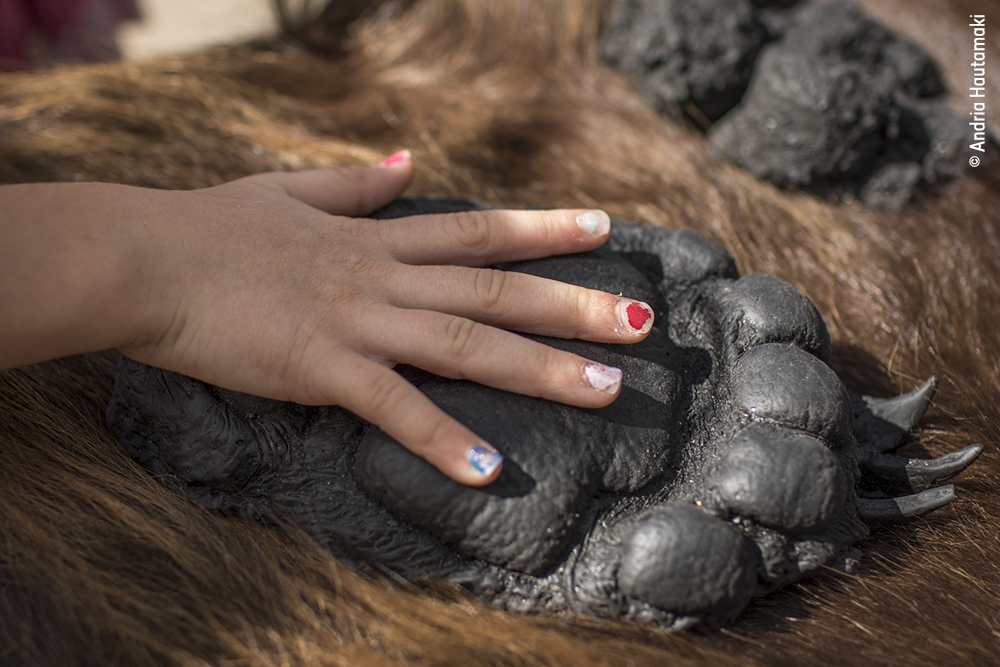
A girl touches a rubber bear paw at a the Bear Booth table at the weekly Estes Park Farmer's Market. The booth educates newcomers and visitors on how to safely coexist with wildlife. Image © Andria Hautamaki
Find out more about Andria's work here. Andria was nominated by Authority Collective.
Anthony Ochieng
Anthony Ochieng's images of rangers, caretakers and fishermen at work captured some beautiful moments and told me so much about them and their work.
Jennifer Samuel
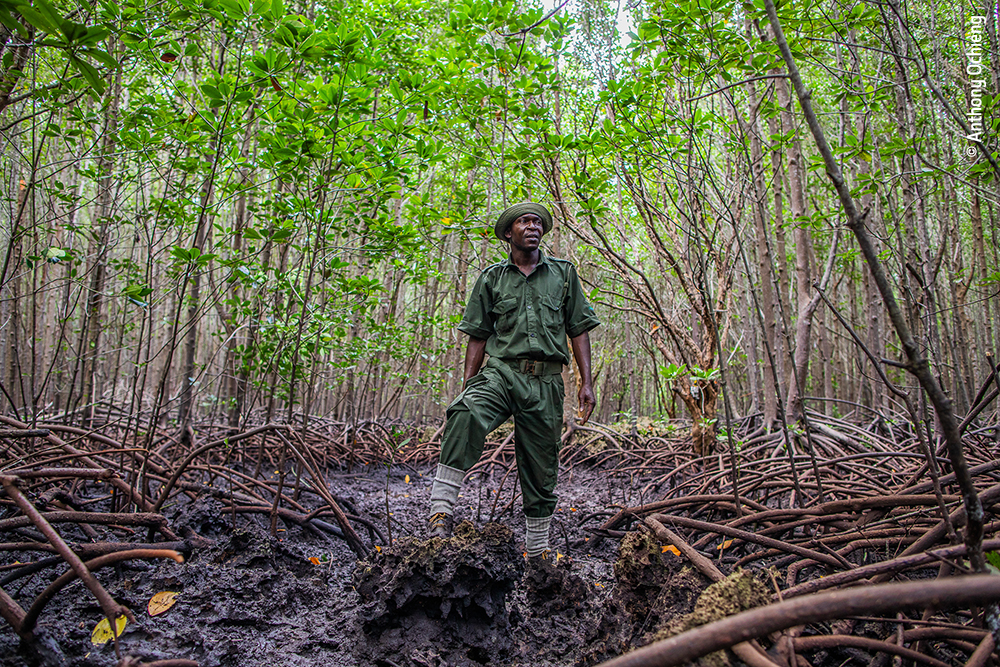
Shaban Mwinji, a community scout ranger, in Ukunda, Kenya stands in a restored Mangrove Forest. Image © Anthony Ochieng
Anthony is a wildlife ecologist, educator, conservation photographer, and filmmaker based in Nairobi, Kenya. He also currently runs TonyWild, a platform for promoting conservation action by creating awareness through photography, film, and science.
From fishing practices to ecotourism, much of Anthony's work is focused on encouraging further conservation action. One of his projects has included documenting community scout rangers, like Shaban Mwinji, in Mikoko Pamoja. Mikoko Pamoja is a community-led mangrove conservation and restoration project based in southern Kenya. It aims to provide long-term incentives for mangrove protection and restoration through community involvement and benefit.
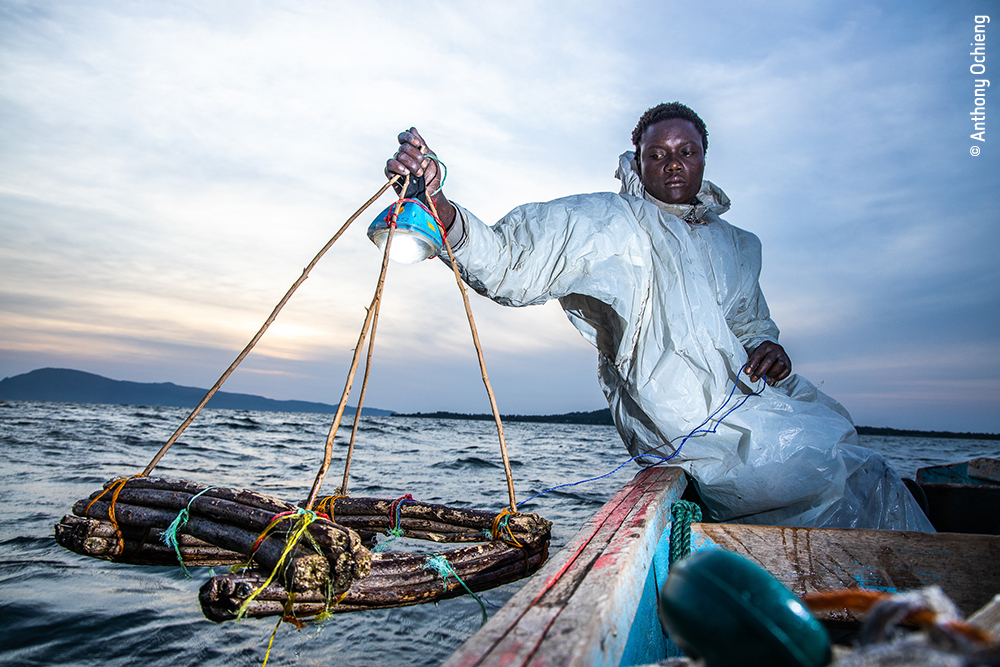
A local fisherman ties a lamp to one of his floating frames before setting out to fish on the enormous Lake Victoria, called 'Nam Lolwe' in the Luo language.Image © Anthony Ochieng
Find out more about Anthony's work here. Anthony was nominated by International League of Conservation Photographers (iLCP), and Uganda Press Photo (UPPA).
Roshni Lodhia
Roshni Lodhia's use of color and rhythm is really wonderful.
Jennifer Samuel
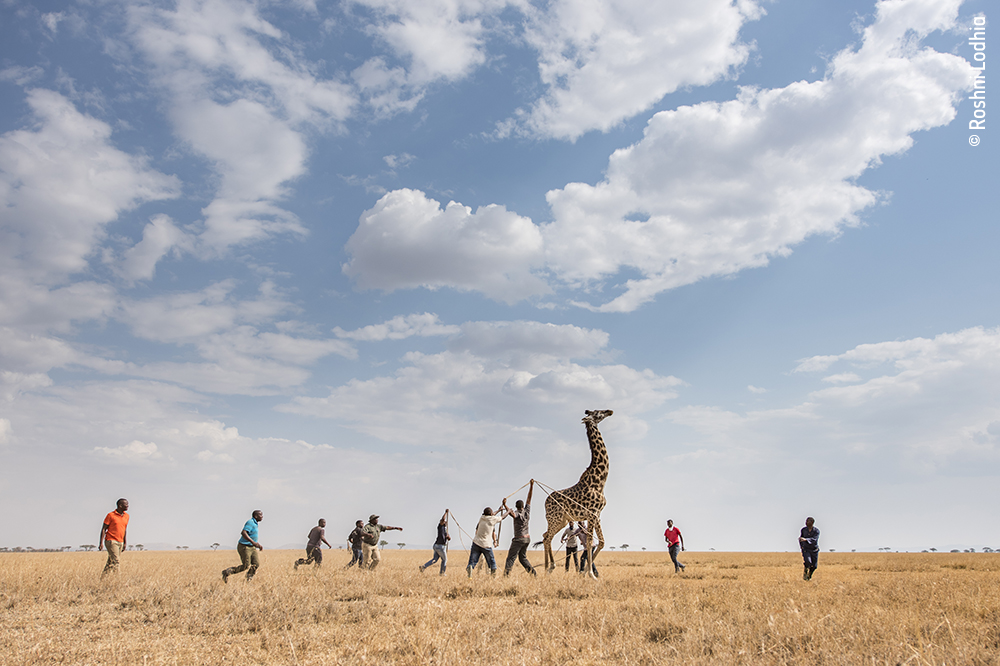
De-snaring a giraffe in the Grumeti, Serengeti. The giraffe awoke minutes after the snare had been removed and galloped away. Image © Roshni Lodhia
Roshni is a third generation Indian-Tanzanian who after almost a decade in the USA decided to change careers, move back to Tanzania and make a difference in the communities where she was raised.
Over the last few years, Roshni has focused on telling visual stories of grassroots conservation efforts through photography and film. 'I learned that nature conservation isn't siloed to wildlife and forest management. It's also about the communities that use these natural resources. Conservation today is about tackling education, poverty and governments and empowering indigenous communities,' says Roshni.
Her projects have included working with Grumeti Fund managers in the Serengeti to photograph wildlife rescue scenes such as the release of a giraffe from a snare that was likely set by poachers. In South Africa's Boland mountains, Roshni also documented the hard work of trained abseilers scaling the cliffs to cut down water-thirsty invasive pine trees in one of the most botanically diverse areas on Earth.
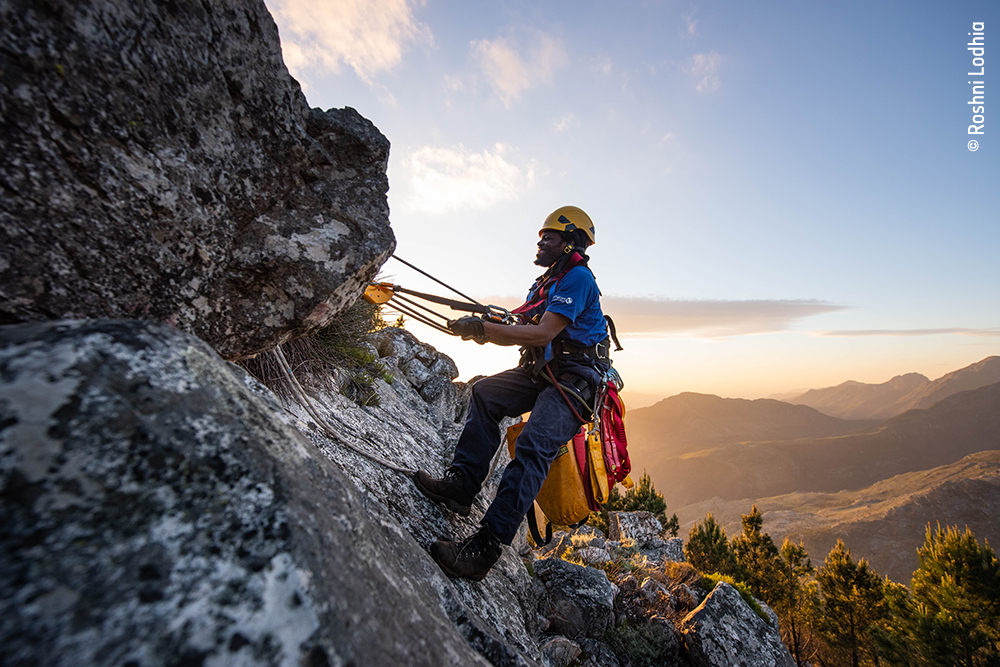
A specially trained abseiler scales the cliffs of the Boland mountains in South Africa. Image © Roshni Lodhia
Samantha Stephens
Making unique wildlife images is not easy and Samantha Stephens' use of contrast and colour, especially in her close-up work, stood out.
Jennifer Samuel
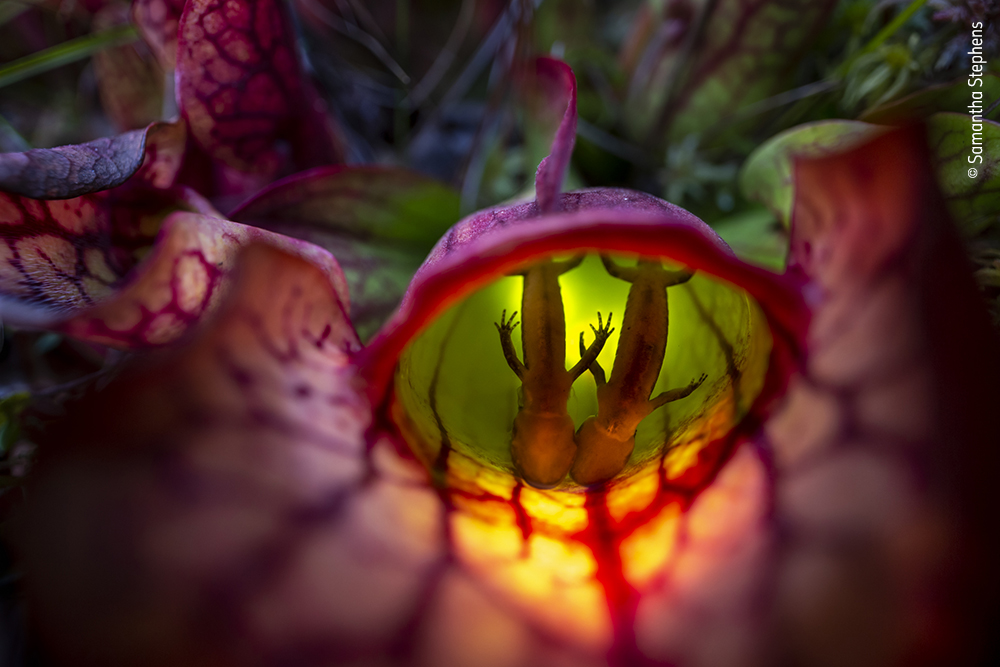
A Northern Pitcher Plant feeds on two juvenile Spotted Salamanders. A hefty meal for a carnivorous plant that usually feasts on invertebrates - such as moths and flies. Image © Samantha Stephens
Samantha Stephens is a Canadian biologist turned photographer for science and conservation. She uses her photography to communicate wildlife science — especially when that science is relevant to conservation issues.
Samantha currently spends most of her time at the Algonquin Wildlife Research Station in Canada where she works as the Communications Manager. Here, she has captured this special scene with carnivorous Northern pitcher plants. 'Typically, these plants feast on invertebrates—such as moths and flies— but researchers at the Algonquin Wildlife Research Station discovered a surprising new item on the plant's menu: juvenile spotted salamanders. This population is the first to be found regularly consuming vertebrate prey,' says Samantha.
She has also shadowed researchers monitoring snapping and painted turtles in Algonquin Provincial Park. 'Not only are long-term wildlife monitoring studies necessary for understanding long-lived animals like turtles, but they have also become invaluable resources for understanding how wildlife populations are changing over time in response to climate change.'
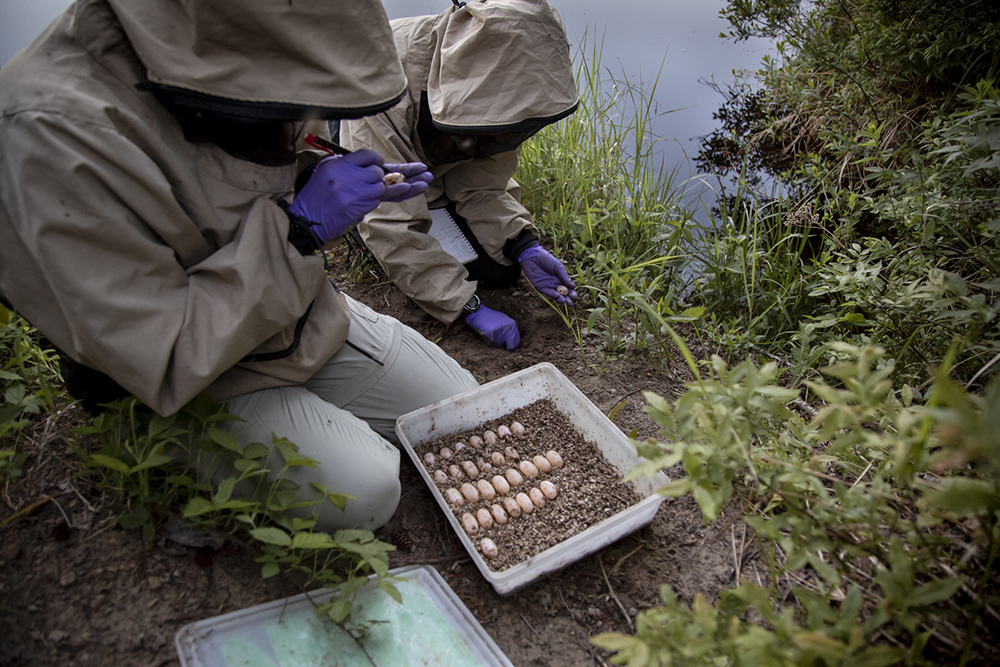
Researchers excavate the nest of a Painted Turtle to count, weigh and measure her eggs before reburying the nest. Image © Samantha Stephens
Find out more about Samantha's work here. Samantha was nominated by International League of Conservation Photographers (iLCP) and Girls Who Click.
Shivang Mehta
Shivang Mehta's expert use of a camera trap has really made some stunning images of rare species in India.
Jennifer Samuel
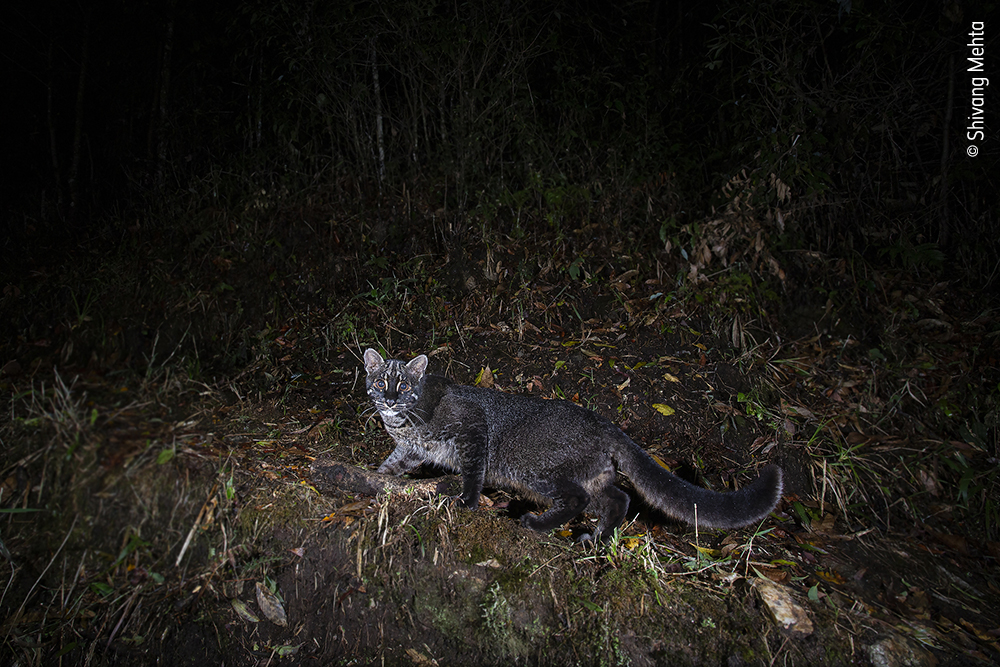
A camera trap records a sighting of the rarest melanistic golden cat from Eastern Himalayas, the Asian golden cat, found in northeastern India. Image © Shivang Mehta
Wildlife photographer and author, Shivang Mehta's love for wildlife and nature led him to begin his field career in the Sal forests of Kumaon, India nearly two decades ago. Since then, he has led over 100 wildlife photography tours and mentored many amateur photographers.
Linked to his passion for technologies such as camera traps and remote shooting, Shivang also specializes in photographing rare species, including clouded leopards, snow leopards, fishing cats and red pandas. It was with a camera trap that Shivang recorded the rare golden cat, found in the northeastern part of India.
A focus on rare or elusive species has also led Shivang to photograph critically endangered species, such as the gharial, found in the freshwater rivers of India. 'This species is under tremendous threat due to high mortality of their young as thousands of such hatchlings are washed away at the onset of monsoons,' says Shivang.
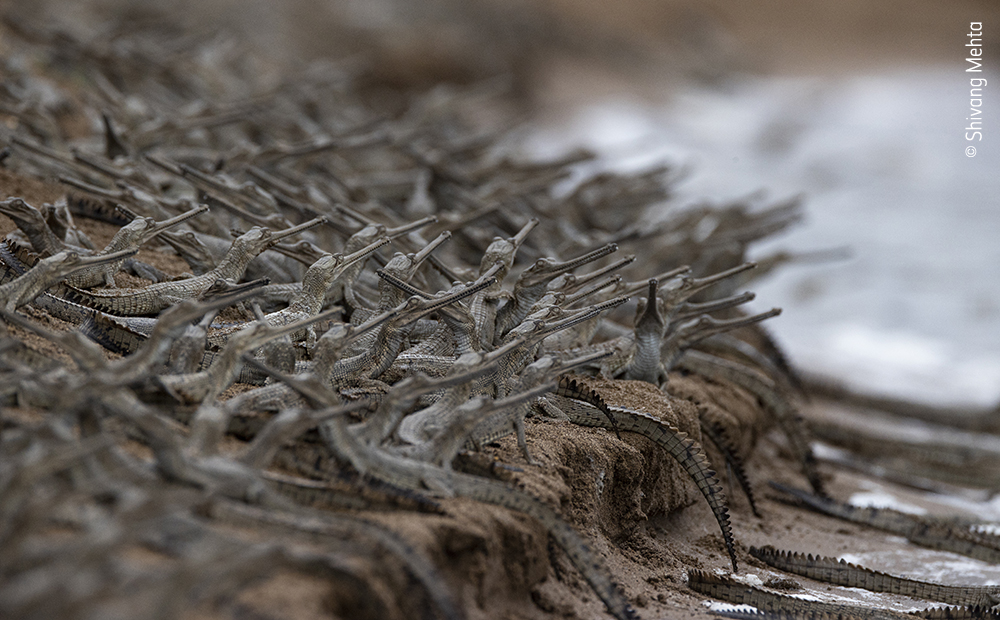
Thousands of gharial hatchlings, a critically endangered species, gather on the sandy bank of their river home. Image © Shivang Mehta
Find out more about Shivang's work here. Shivang was nominated by International League of Conservation Photographers (iLCP).
Are you interested in becoming a WPY Horizons nominator or editor? Get in touch with our team to find out more.
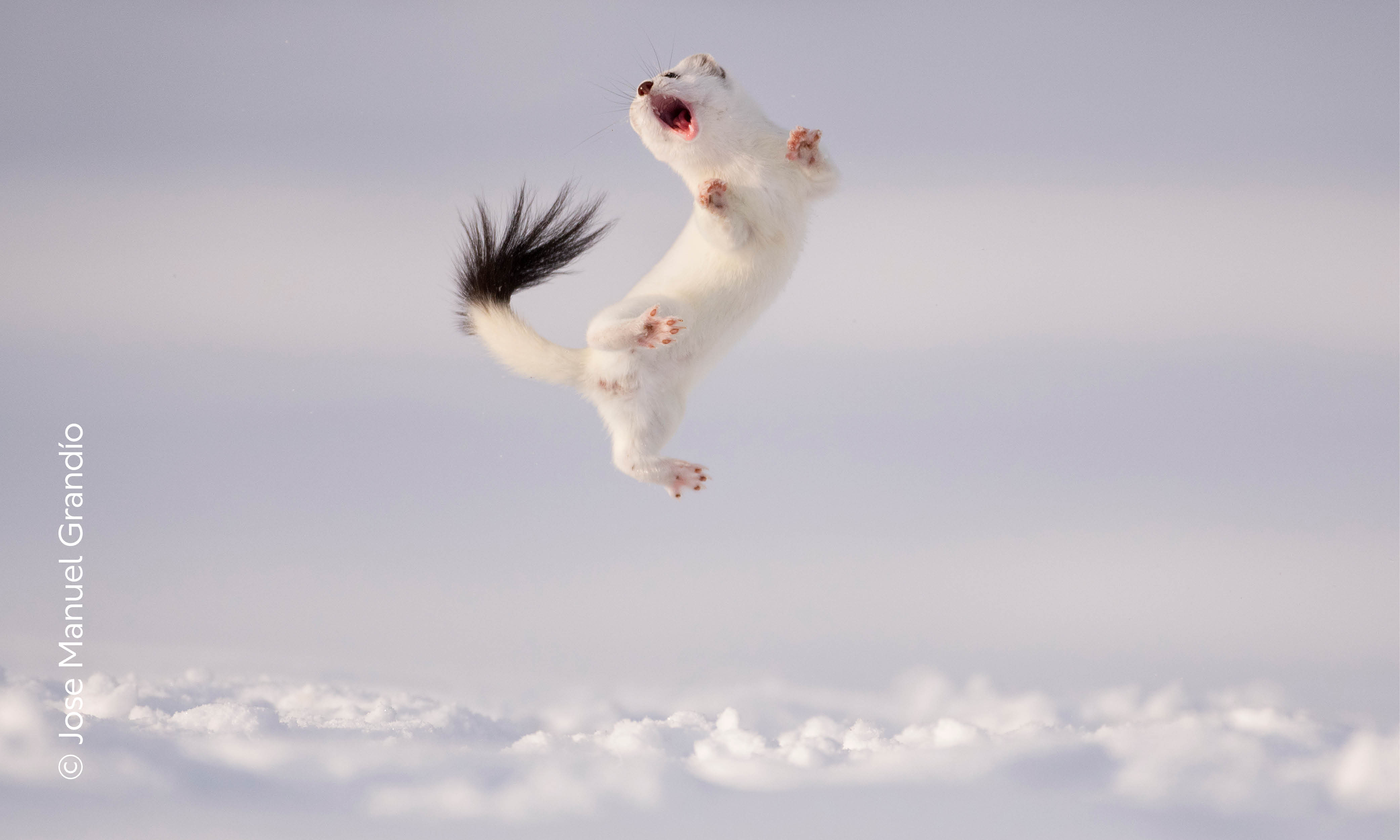
Visit the exhibition
Wildlife Photographer of the Year tells the incredible stories of life on our planet through powerful photography and expert insight.
Don't miss a thing
Receive email updates about our news, science, exhibitions, events, products, services and fundraising activities. We may occasionally include third-party content from our corporate partners and other museums. We will not share your personal details with these third parties. You must be over the age of 13. Privacy notice.
Follow us on social media